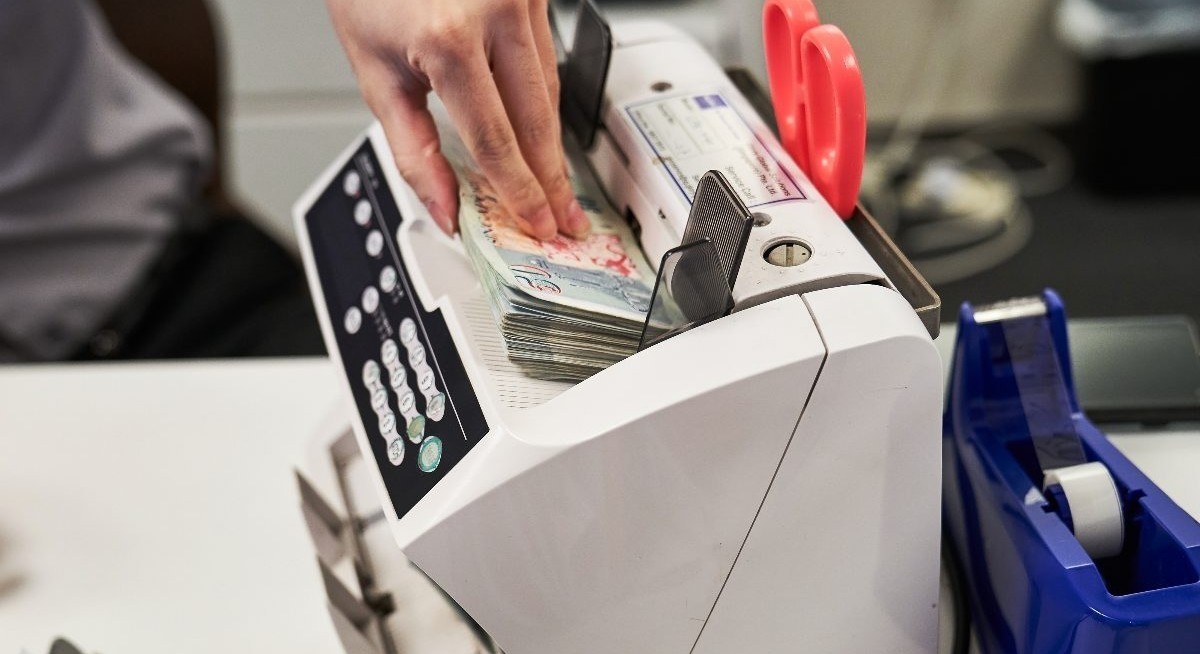Asiadollar (excluding JP and AU) issuances in September rose significantly to around US$21.54 billion ($27.8 billion), up from US$10.74 billion in August. By issuance volume, the top three issuers were: HSBC Holdings, which priced a US$1.5 billion fixed-to-floating rate note subordinated bond; China Construction Bank Corp of London, which priced US$1.5 billion across two tranches of green floating rate notes; and thirdly, Export-Import Bank of Korea, which priced US$1.5 billion across two tranches of fixed and floating rate notes.
Including numerous large issuers from Japan and Australia, like Mitsubishi UFJ Financial Group with US$4 billion across four tranches and Nissan Motor Acceptance Co with US$2 billion across two tranches, September Asiadollar issuances would be more than double at US$42.3 billion.
Another strong issuance month in the Singdollar primary market: The SGD primary market’s overall issuance amount rose month-on-month, with $4.1 billion printed in September across 14 issuers, higher than the $3.5 billion in August across nine issuers and in line with the $4.09 billion issued across 13 issuers in July. Issuances were focused on property-related companies, with the bulk of $2.4 billion coming from the HDB across two issues. Other issues included a $400 million guaranteed subordinated perpetual from Lendlease Asia Treasury, whose principal guarantors are Lendlease Corporation and Lendlease Responsible Entity, in its capacity as the responsible entity of the Lendlease Trust.
See also: China smashes bond sale records with over US$234b of bids
Coming to a crossroads?
With strong issuance year-to-date and spread tightening through the month, we see selectivity and caution seeping into the market. Most new issues from September are trading slightly under par as of Oct 3, in line with our expectations in the monthly credit view for September that it is no longer a given for new issues to trade above par in the secondary market.
The exceptions to this are the two perpetuals issued in September that are trading above par, with structurally higher-yielding papers continuing to see demand in the current technical environment, where senior papers are trading tight. Of note as well is the average issuance amount in September, excluding the two issues from the HDB, of $150 million, against the $300 million in August. With valuations tight and some indications of market indigestion, supply may slow in the coming months and be potentially pushed back to 2026. This, however, may provide support for spreads to remain broadly in line with current levels.
See also: Amazon seeks US$12b from first US bond sale in three years — Bloomberg
Positive returns in the SGD credit universe continue, albeit lower
Meanwhile, gains in the SGD credit universe decelerated but remained positive, gaining 0.5% in September, from 1% in August, in line with our expectations for the pace of gains to slow against the higher gains 6.8% year to date. Supply could slow given where valuations are, and this is expected to support total returns going forward. We continue to see fundamentals and technicals driving SGD credit investors to hunt for yield, and this is favouring structurally higher-yielding instruments, including Additional Tier 1 bank capital instruments and non-financial corporate perpetuals.
Chin Meng Tee, Andrew Wong, Ezien Hoo and Wong Hong Wei are credit analysts with OCBC




